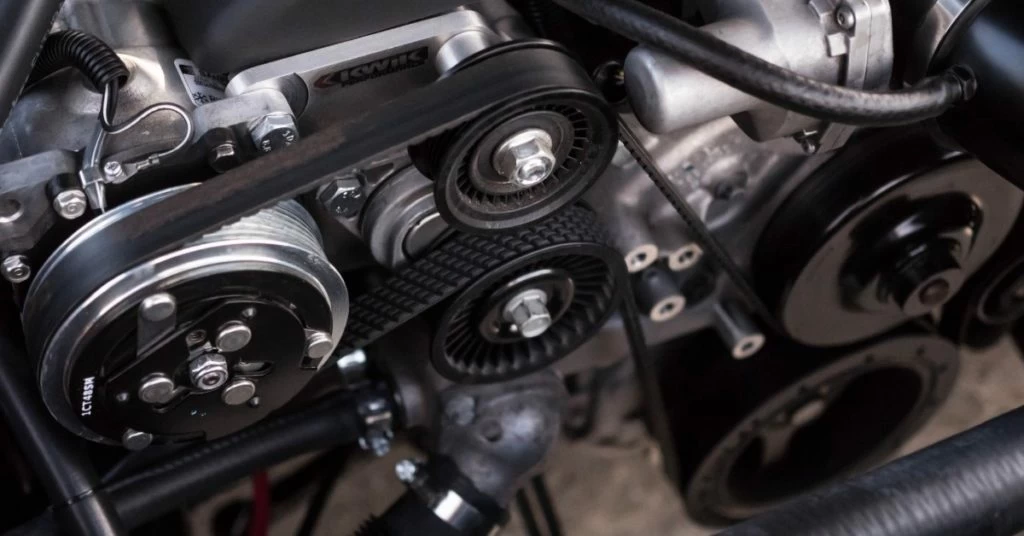- Arabic
- French
- Russian
- Spanish
- Portuguese
- Turkish
- Armenian
- English
- Albanian
- Amharic
- Azerbaijani
- Basque
- Belarusian
- Bengali
- Bosnian
- Bulgarian
- Catalan
- Cebuano
- Corsican
- Croatian
- Czech
- Danish
- Dutch
- Afrikaans
- Esperanto
- Estonian
- Finnish
- Frisian
- Galician
- Georgian
- German
- Greek
- Gujarati
- Haitian Creole
- hausa
- hawaiian
- Hebrew
- Hindi
- Miao
- Hungarian
- Icelandic
- igbo
- Indonesian
- irish
- Italian
- Japanese
- Javanese
- Kannada
- kazakh
- Khmer
- Rwandese
- Korean
- Kurdish
- Kyrgyz
- Lao
- Latin
- Latvian
- Lithuanian
- Luxembourgish
- Macedonian
- Malgashi
- Malay
- Malayalam
- Maltese
- Maori
- Marathi
- Mongolian
- Myanmar
- Nepali
- Norwegian
- Norwegian
- Occitan
- Pashto
- Persian
- Polish
- Punjabi
- Romanian
- Samoan
- Scottish Gaelic
- Serbian
- Sesotho
- Shona
- Sindhi
- Sinhala
- Slovak
- Slovenian
- Somali
- Sundanese
- Swahili
- Swedish
- Tagalog
- Tajik
- Tamil
- Tatar
- Telugu
- Thai
- Turkmen
- Ukrainian
- Urdu
- Uighur
- Uzbek
- Vietnamese
- Welsh
- Bantu
- Yiddish
- Yoruba
- Zulu
Jul . 27, 2024 17:59 Back to list
Exploring the Advantages and Applications of Poly V-Belts for Enhanced Mechanical Performance
Understanding Poly V-Belts The Drive for Efficiency and Versatility
Poly V-belts, also known as ribbed belts or serpentine belts, are an essential component in modern mechanical systems, providing efficient power transmission across a variety of applications. These belts have gained popularity due to their unique design, which incorporates multiple ribs that run longitudinally along the belt's length. This architectural innovation allows Poly V-belts to maximize surface contact with pulleys, significantly enhancing their performance compared to traditional V-belts.
Design and Construction
The construction of a Poly V-belt involves a high-strength, flexible polymer material that is engineered to withstand various stresses imposed during operation. The primary advantage of the ribbed design is that it reduces slippage and increases the belt's ability to handle heavier loads over time. Each rib effectively increases the contact area with the pulley, allowing for efficient torque transmission and reducing the risk of wear and tear.
A typical poly V-belt includes a central layer of polyester cords for tensile strength, surrounded by a rubber layer that provides elasticity and resilience. This combination yields a belt that is not only strong but flexible, making it suitable for operation in confined spaces where traditional belts may struggle.
Applications
Poly V-belts are prevalent in numerous applications across various industries. One of the most notable uses of these belts is in automotive engines, where they connect multiple accessories such as alternators, power steering pumps, water pumps, and air conditioning compressors. The ability of Poly V-belts to handle these diverse functions makes them a fundamental component in ensuring optimal engine performance.
poly v-belts

Apart from automotive applications, Poly V-belts are also extensively used in industrial machinery, including conveyor systems, textile machines, and robotics. The versatility of Poly V-belts allows manufacturers to streamline designs, minimize space requirements, and enhance the overall efficiency of machines.
Advantages
The benefits of using Poly V-belts extend beyond their robust construction. One of the major advantages is energy efficiency. The efficient transmission of power means that less energy is wasted as heat, resulting in lower operational costs over time. Additionally, these belts operate quieter than their traditional counterparts, contributing to a more pleasant working environment.
Another significant advantage is their durability. Poly V-belts are designed to withstand extreme conditions, including temperature fluctuations and exposure to chemicals, which makes them suitable for a variety of environments. The longer lifespan of these belts reduces the frequency of replacements, allowing businesses to save on maintenance costs.
Installation and Maintenance
Proper installation and maintenance of Poly V-belts are crucial to ensuring their optimal performance. It is important to check the alignment of pulleys and the tension of the belt during installation. Incorrect alignment or tension can lead to premature wear and failure of the belt. Regular inspections, including checks for cracks, fraying or signs of excessive wear, should be conducted to identify potential issues before they escalate.
In conclusion, Poly V-belts represent a significant advancement in belt technology, offering a myriad of advantages in terms of efficiency, versatility, and durability. Their applications in both automotive and industrial settings highlight their essential role in modern machinery. As industries continue to evolve, the demand for reliable and efficient power transmission solutions like Poly V-belts is likely to grow, cementing their place as a cornerstone of mechanical engineering. Whether in a vehicle or a factory, these belts ensure that machines operate smoothly and efficiently, driving innovation and productivity forward.
-
Upgrade Power Steering Pump Belt for Smooth, Quiet Operation
NewsAug.27,2025
-
Precision Timing Belt & Chain: Engine Performance & Durability
NewsAug.26,2025
-
Precision Lathe Drive Belts: Durable & Reliable Performance
NewsAug.25,2025
-
84.5 Serpentine Belt: Durable & Precision Fit for Your Engine
NewsAug.24,2025
-
Premium Ribbed Drive Belts for Quiet Power Transmission
NewsAug.23,2025
-
High-Performance Vehicle Timing Belt for Engine Precision
NewsAug.22,2025

